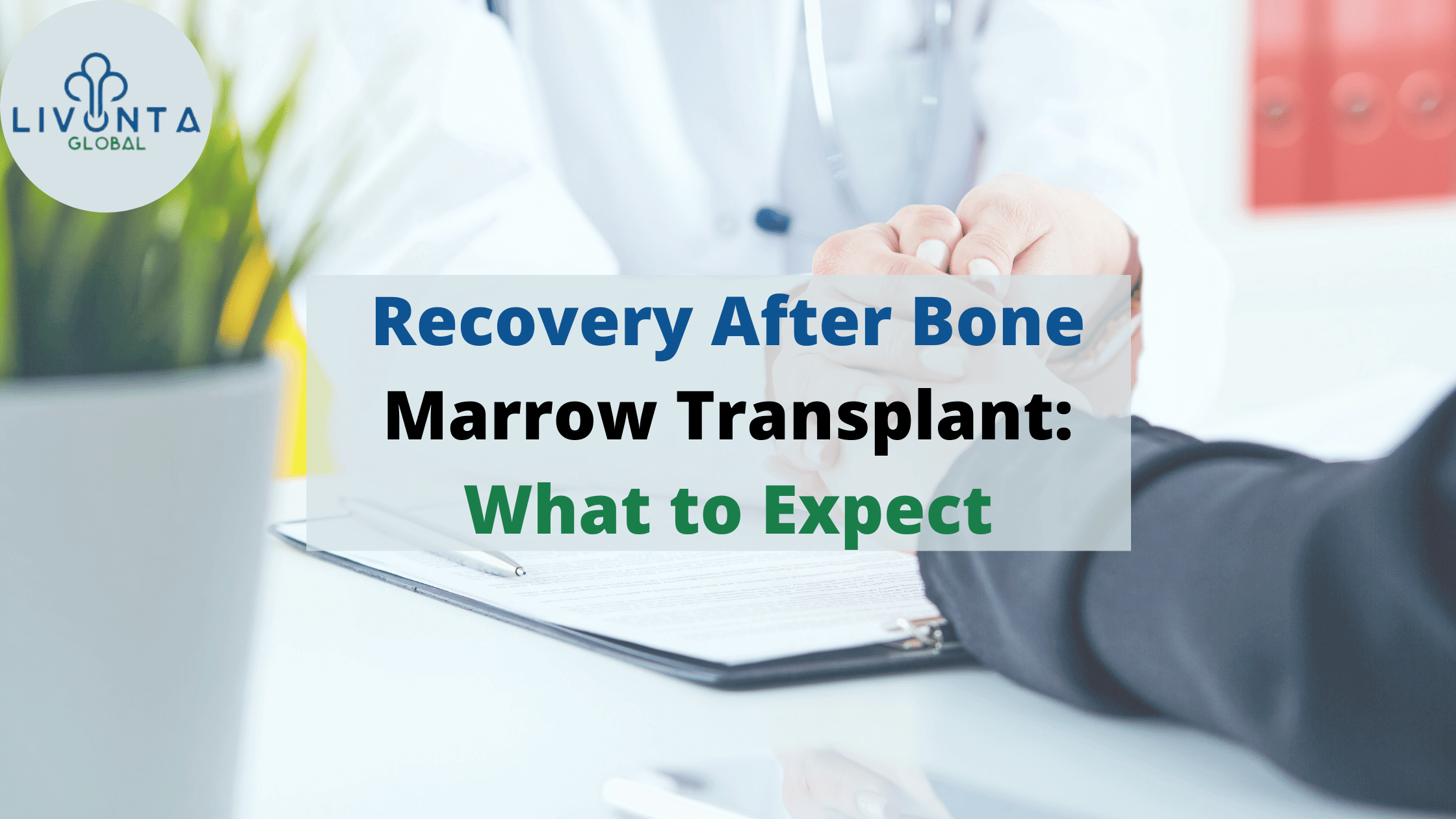
Recovery After Bone Marrow Transplant: What to Expect
Transplanting bone marrow may save lives. You may also feel intense, grief-like emotions as a result of it. It can be difficult to balance your physical requirements throughout the healing phase with your feelings over the stem cell transplant. You must know everything about the physical and emotional side effects of bone marrow cancer treatment in India before the procedure starts. This makes the post-operative phase easier.
Bone Marrow Transplant Recovery Period
Your medical team will keep an eye out for any indications that the transfused cells have moved to the bone marrow and started to produce fresh, healthy cells within the first 30 days following a stem cell transplant. You could hear the term “bone marrow transplant engraft levels” while your team of best cancer treatment in India checks the count of white blood cells and platelets in your blood (along with other components). Engraftment can take place up to 30 days after transplant in some cases. Your care team will keep you updated on the progress of the procedure.
- Bloody or frequent diarrhea
- Difficulty in breathing while resting
- Severe weakness
- Fever
- Heat, redness or swelling around any IV (needle) insertion point
- Difficulty in eating or drinking
- Nausea
- Persistent cough
- Extreme abdominal pain and vomiting
- Severe headache
Graft-versus-Host Disease
Graft-versus-host disease (GVHD) is one reasonably frequent side effect of stem cell transplant when the donor is another person (whether a relative or a stranger) . This could happen up to six months following the transplant. Keep an eye out for these GVHD warning signs and symptoms so you can tell your doctor straight away:
- Cramping, diarrhoea, nausea, or vomiting along with abdominal pain.
- Jaundice (yellowing of skin as well as eyes)
- Skin rash or blisters
- Itchy and red patches on the skin
Medication that lowers immune system response may be used to treat GVHD. Sometimes GVHD develops into a chronic condition, necessitating lifelong immunosuppressant medication use. It’s probable that you’ll spend some of the transplant recovery period in and out of the hospital. The fact that some bone marrow transplant adverse effects, such GVHD, anaemia, or infection, may necessitate hospitalisation might be demoralising.
Managing the Emotions of Bone Marrow Transplant
The possibility of obtaining a bone marrow transplant that increases your life expectancy may make you happy, but you can also experience depression as a result of the circumstance. This emotional whirlwind is very typical for anyone undergoing a bone marrow transplant.
You can experience frequent isolation during a bone marrow transplant. Even though you are aware that doing this can lower your risk of contracting an infection, you might yet experience sadness or depression.
All of these emotions are natural, and you can get help before your transplant if you expect them (or are prone to depression). Your healthcare professional might be able to suggest a nearby or online support group where you can share your emotions with other transplant recipients.
Bone Marrow Transplant TreatmentTags: bone marrow transplant, Fever, immune system, Recovery Period, stem cell infusion

